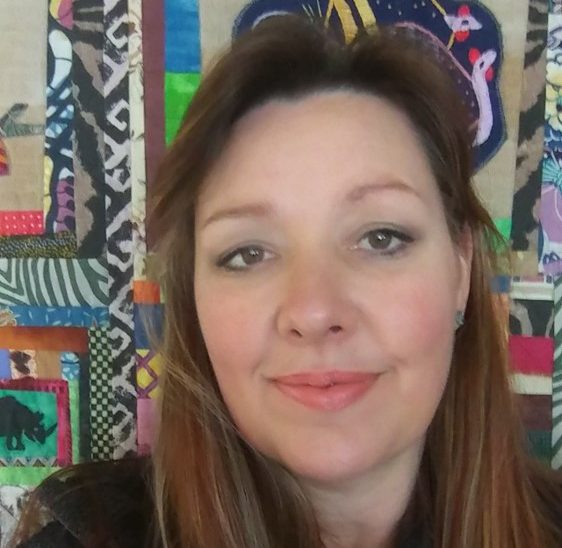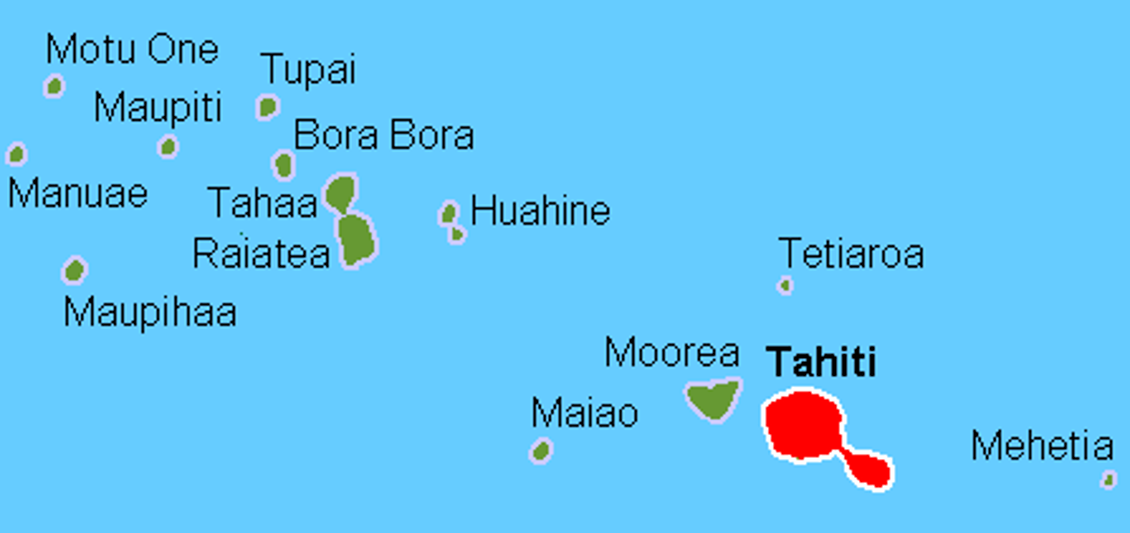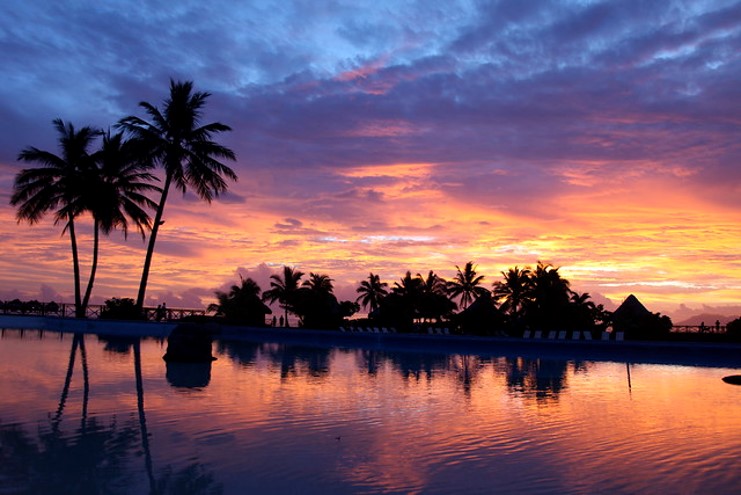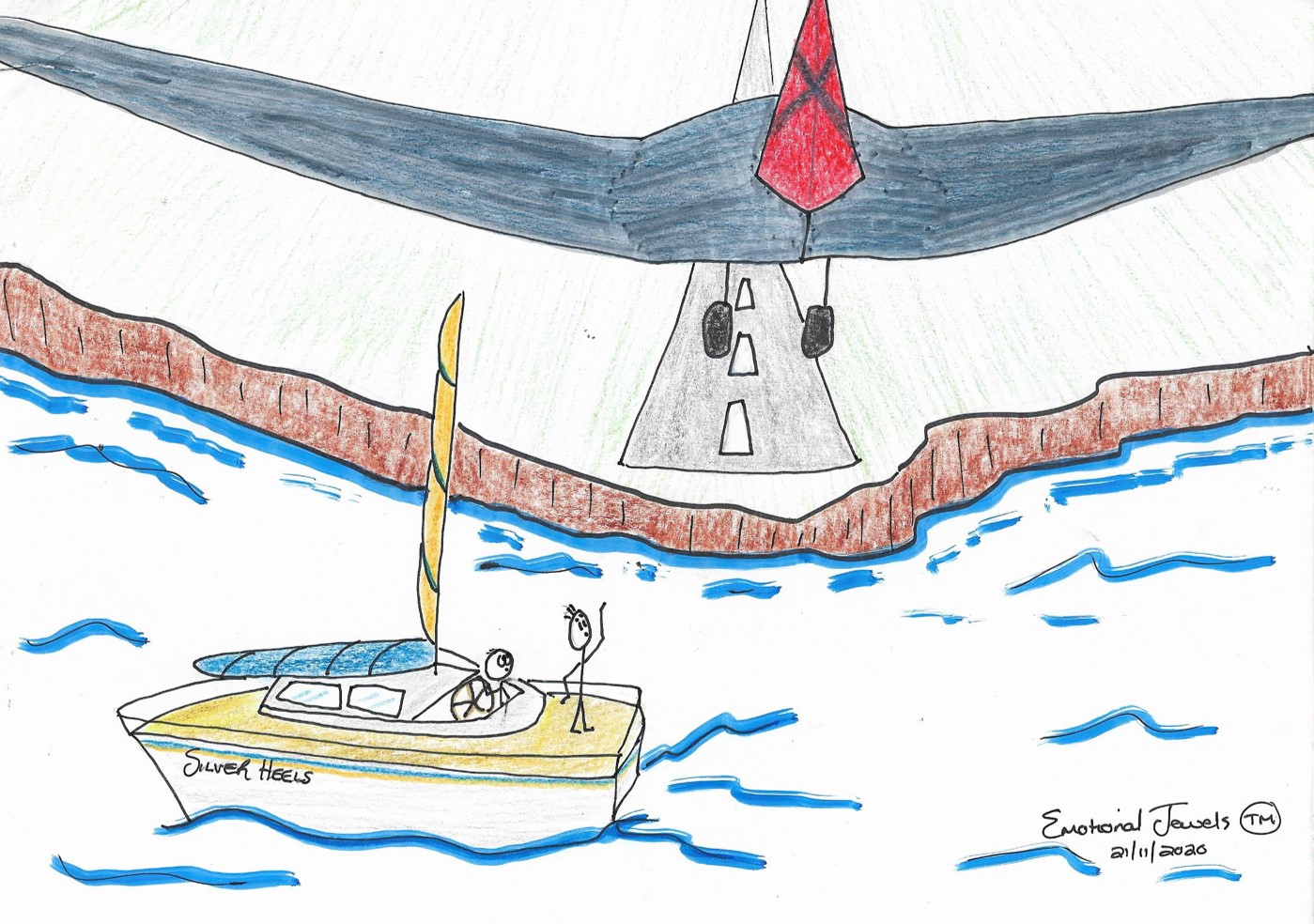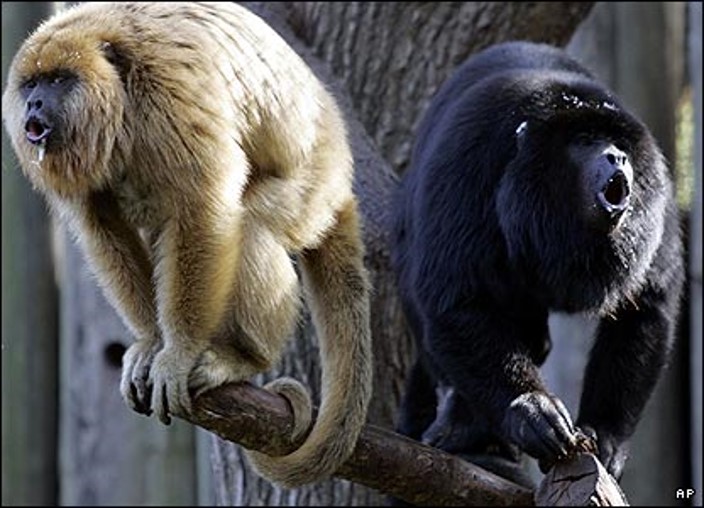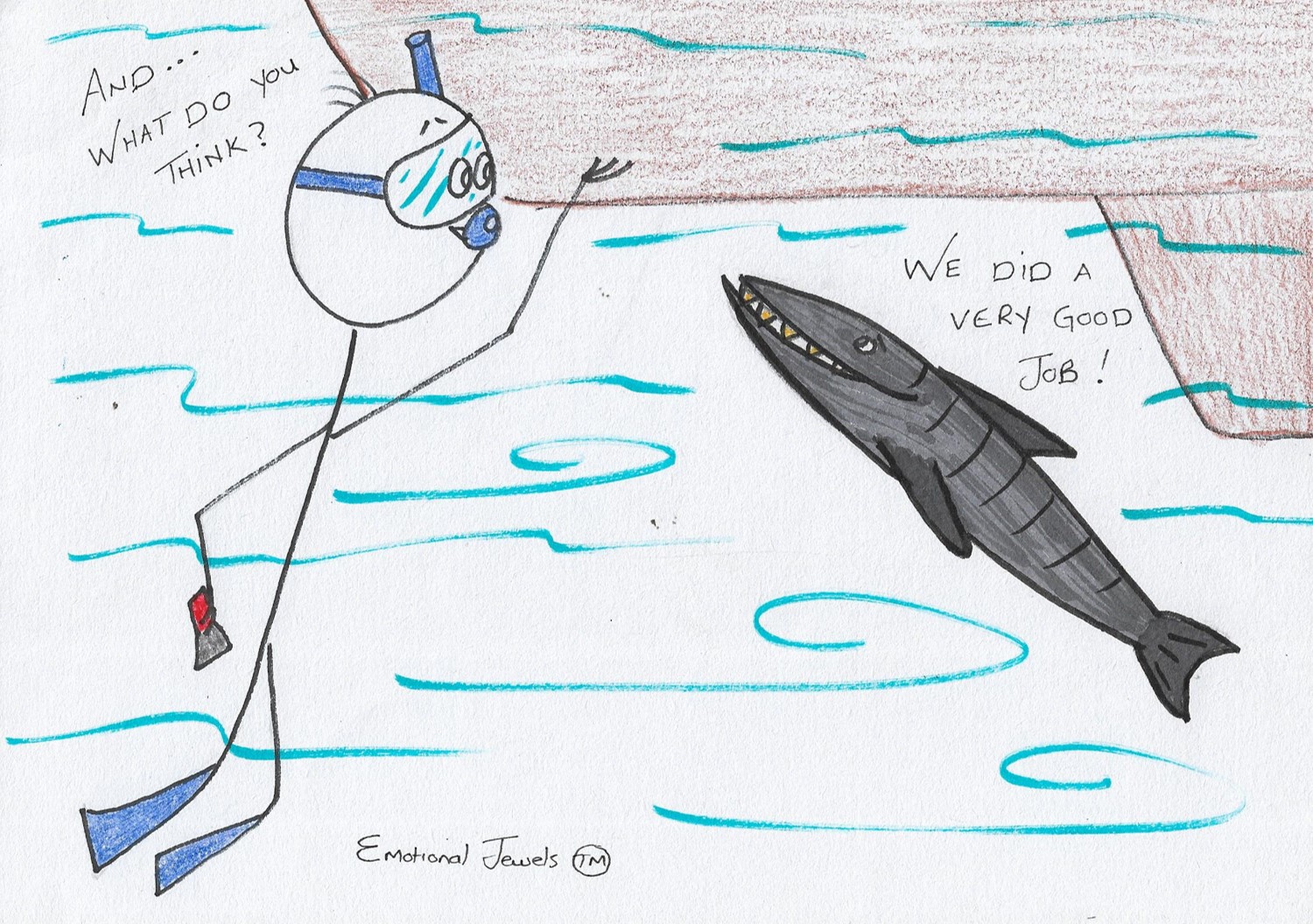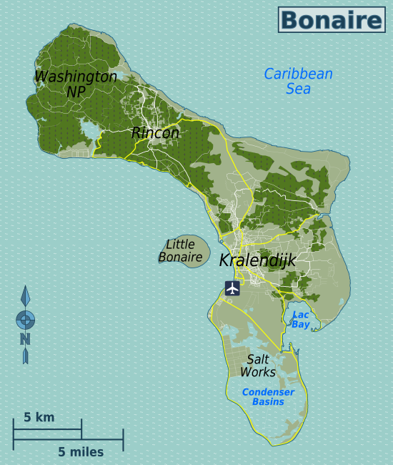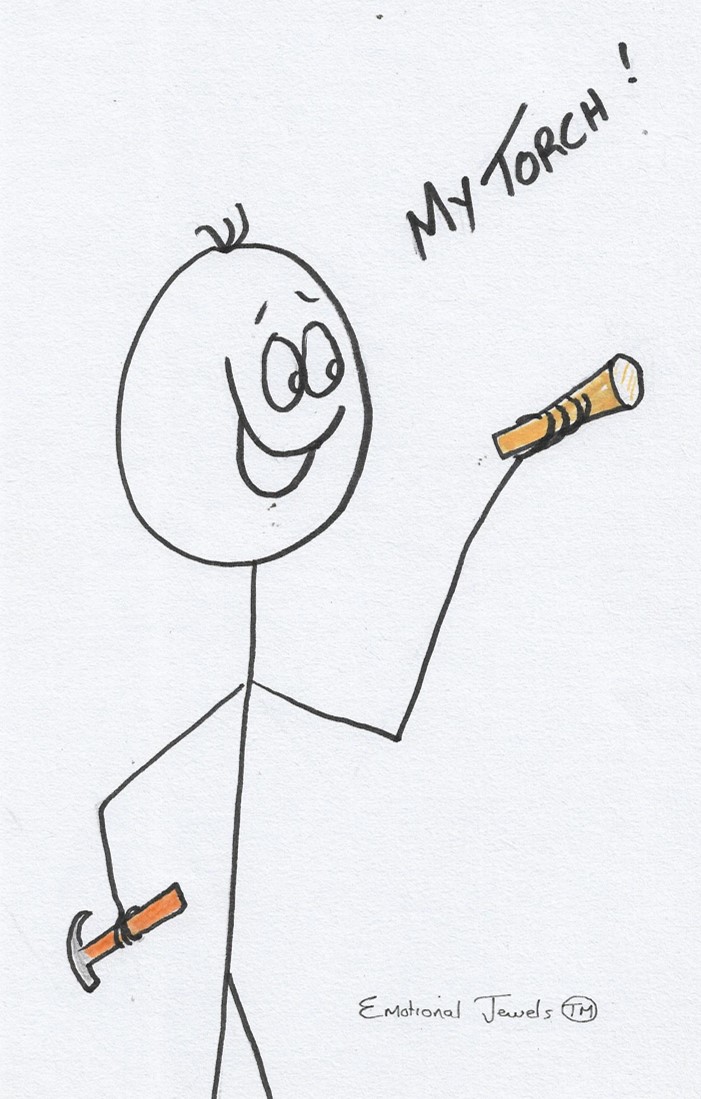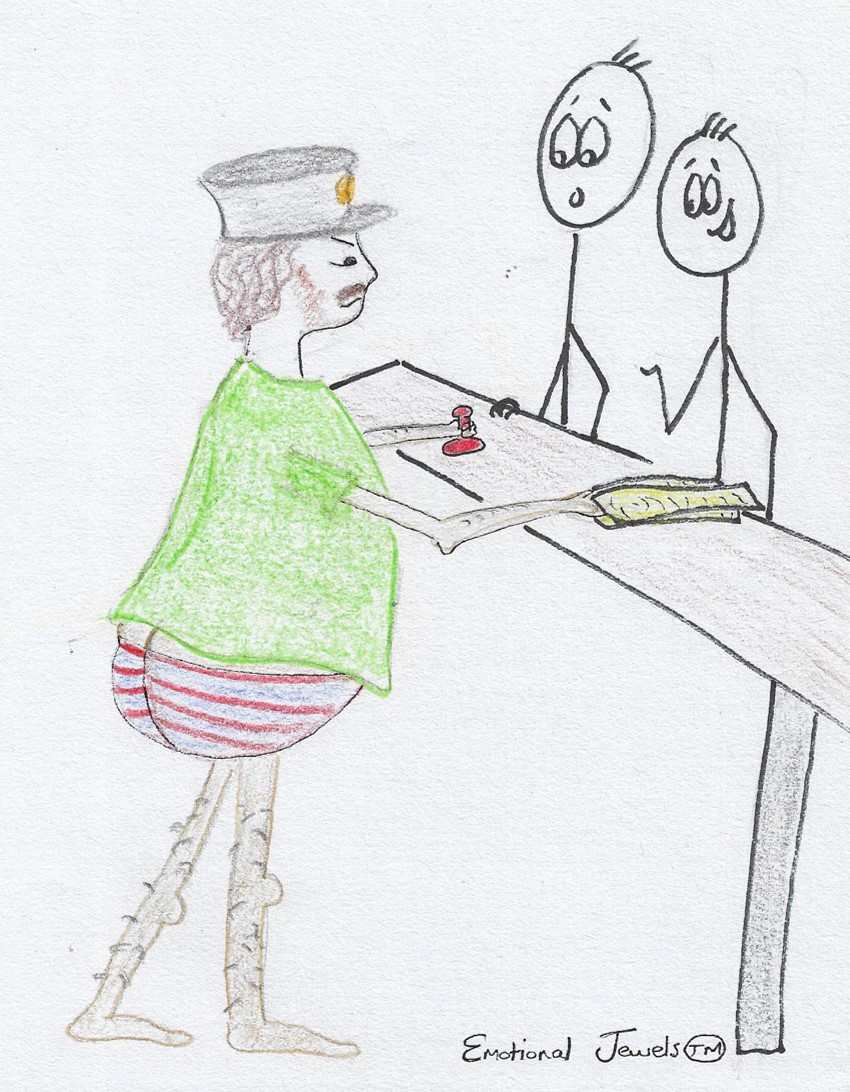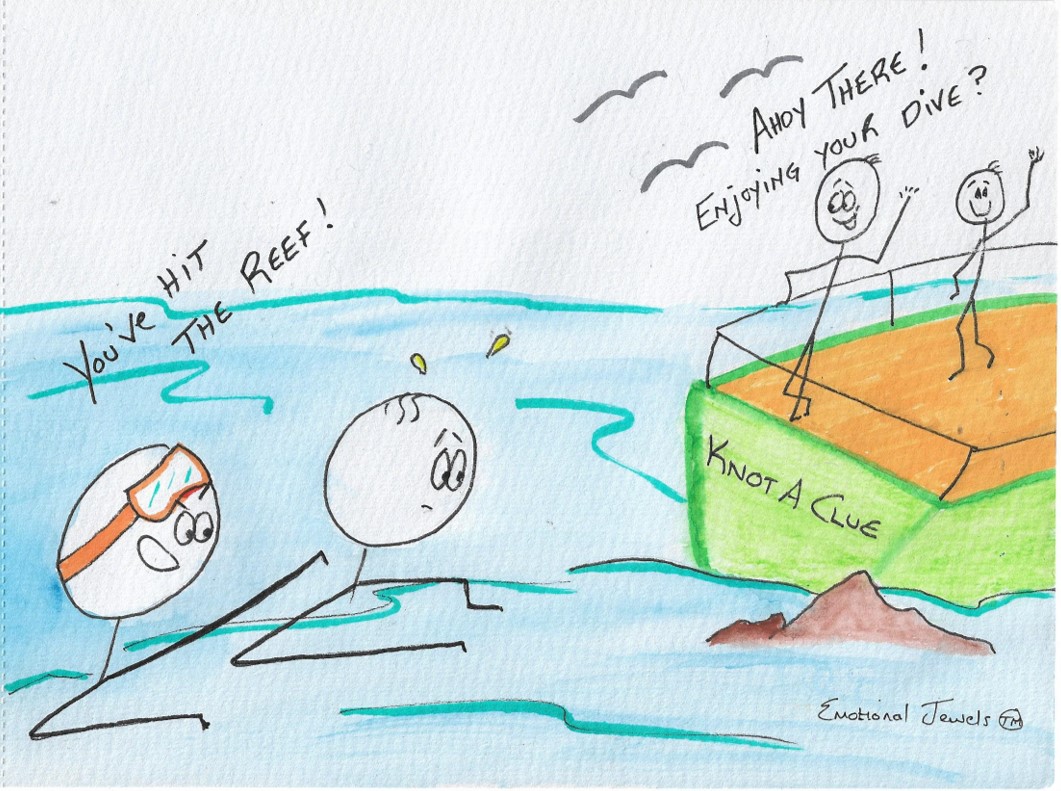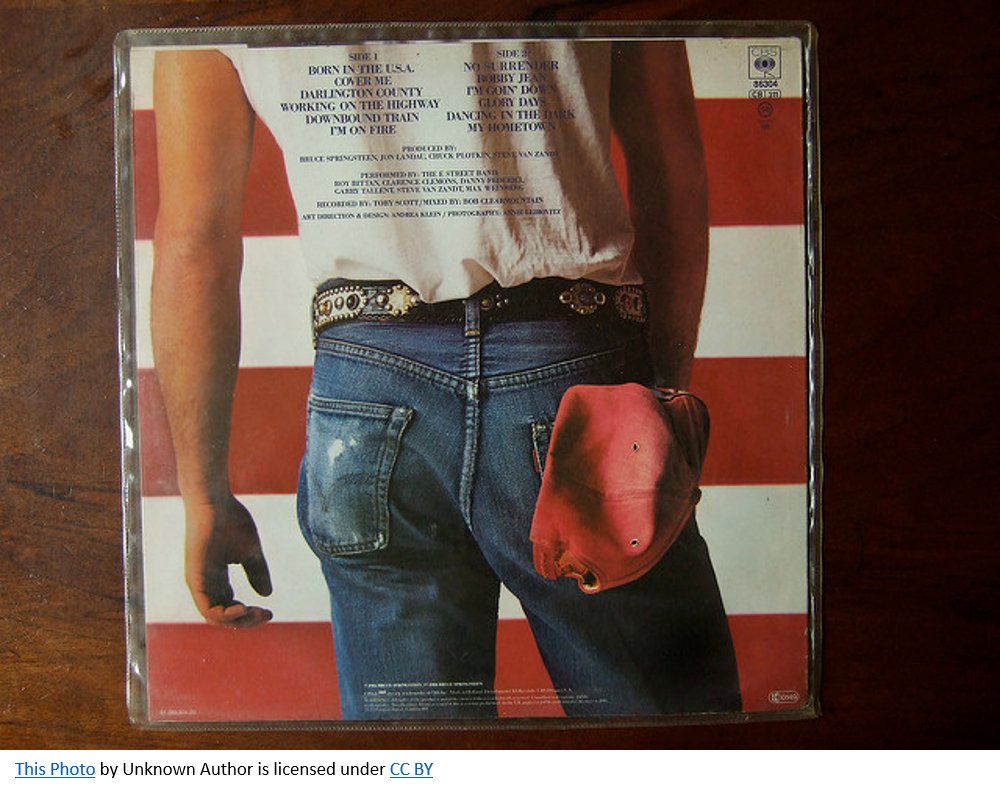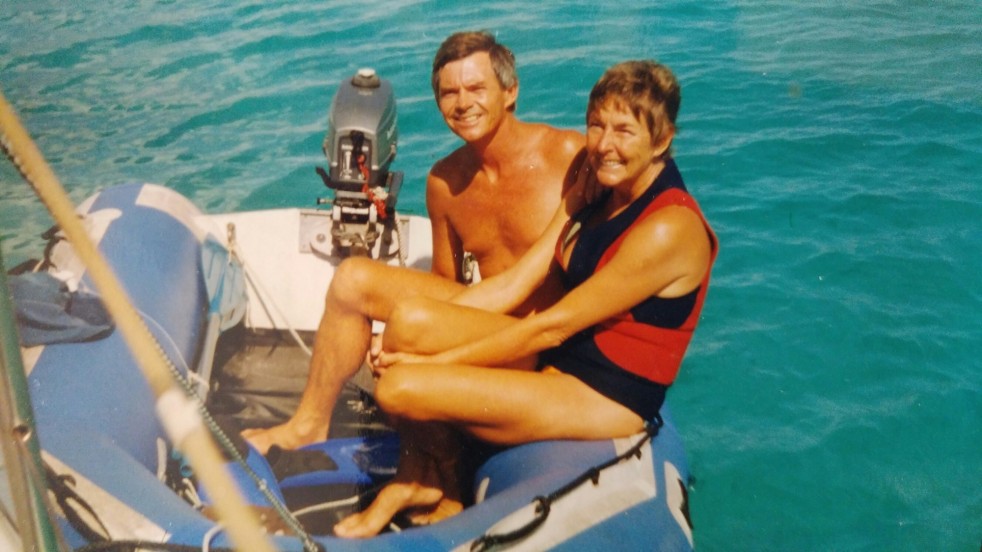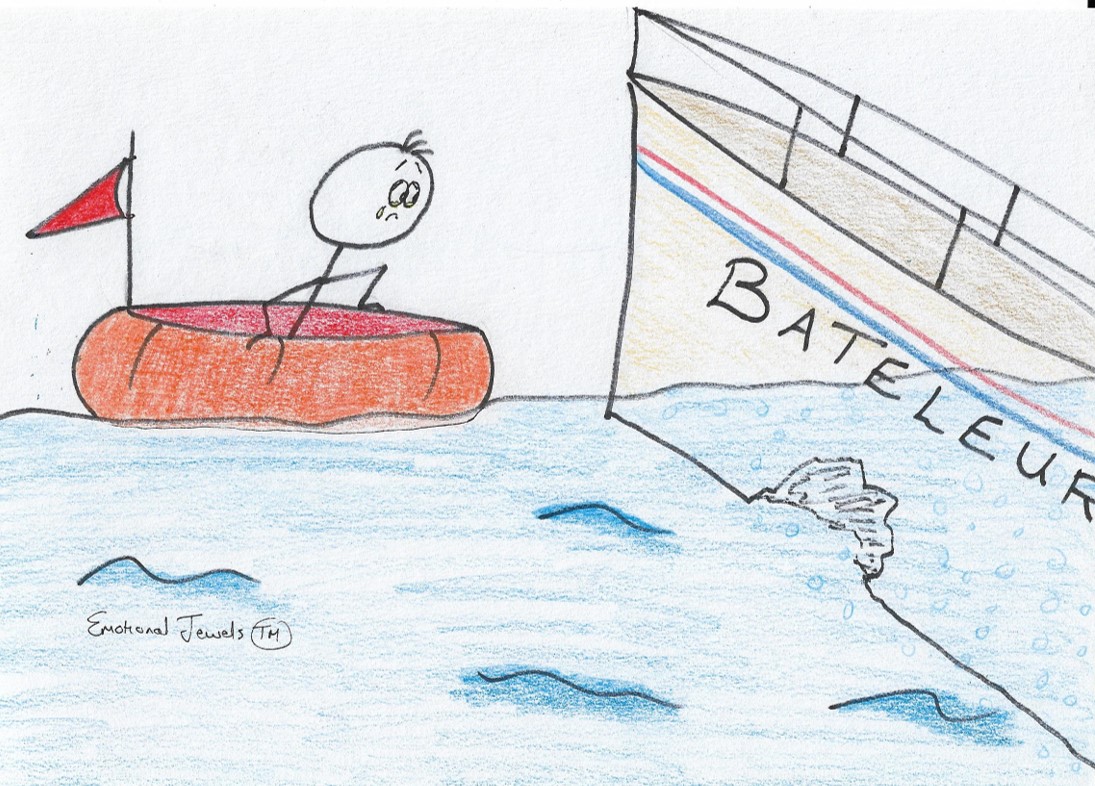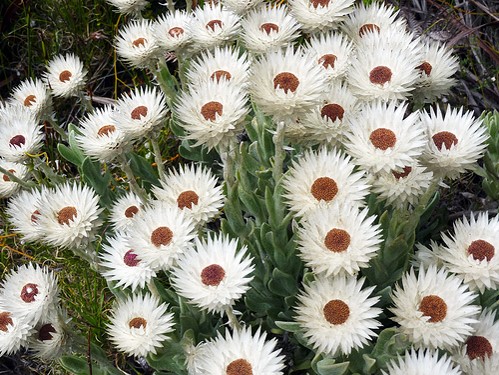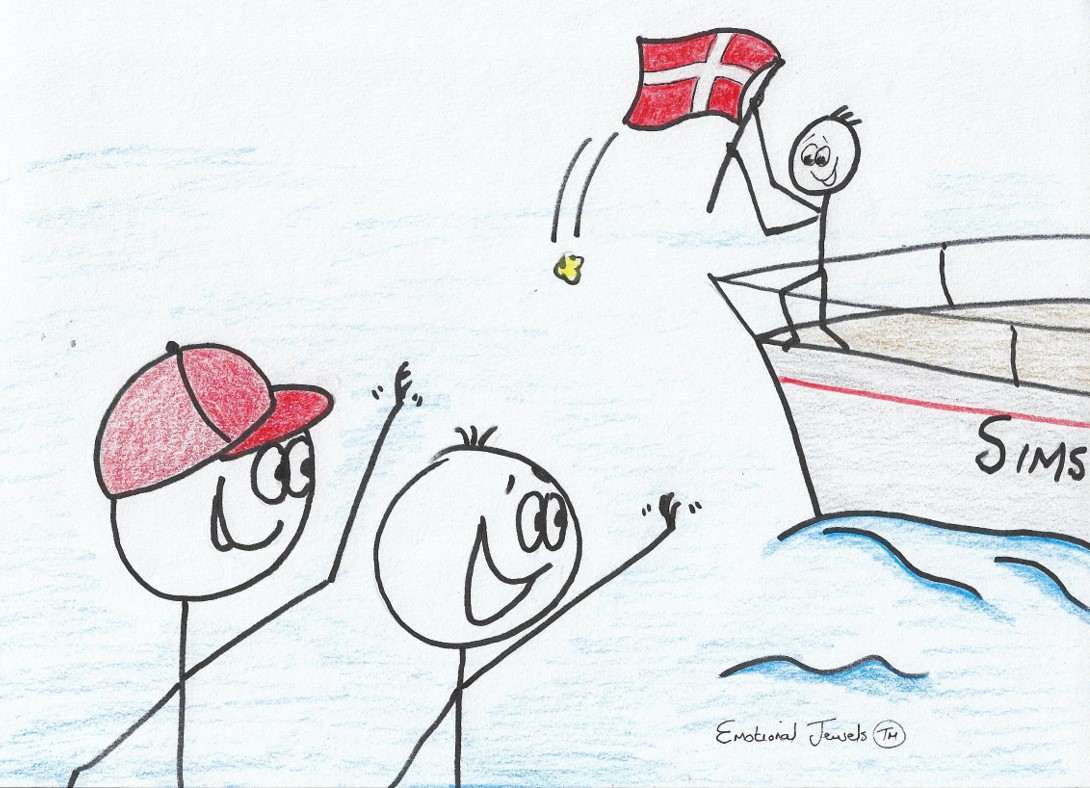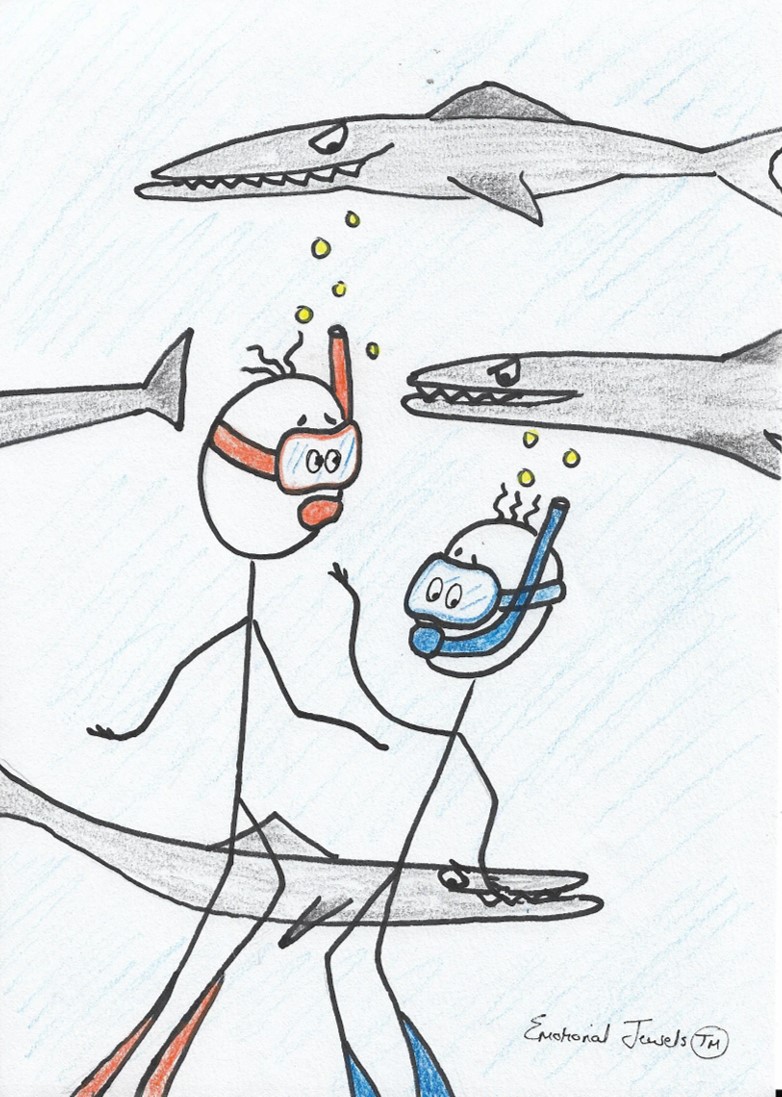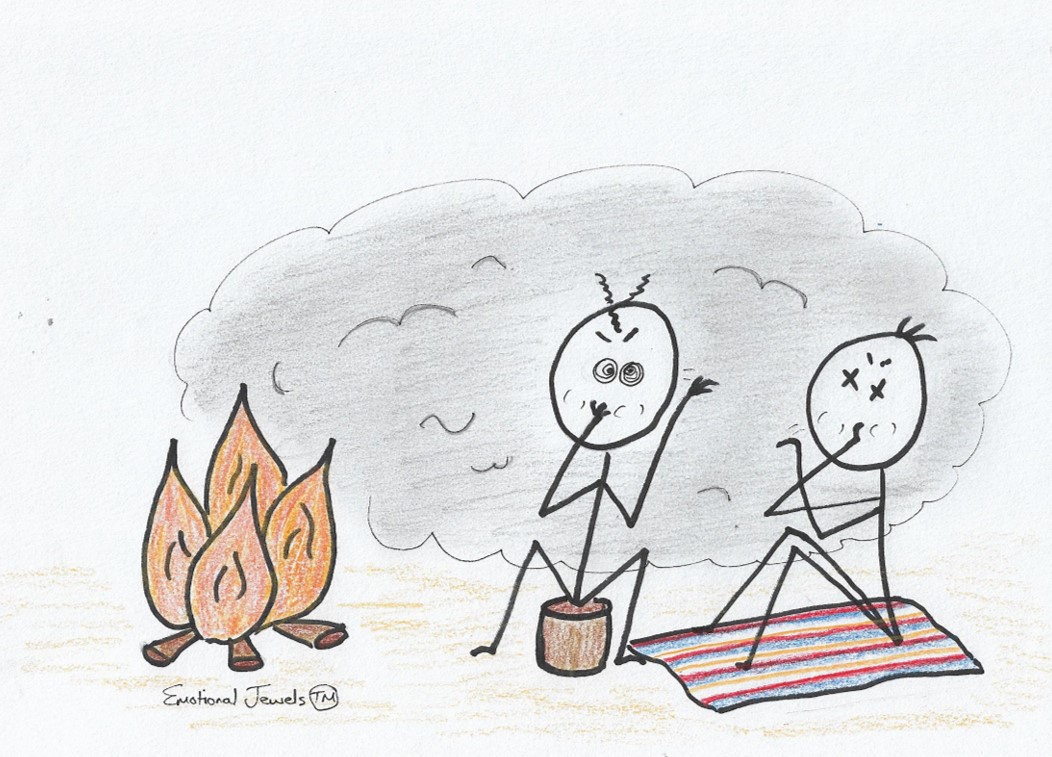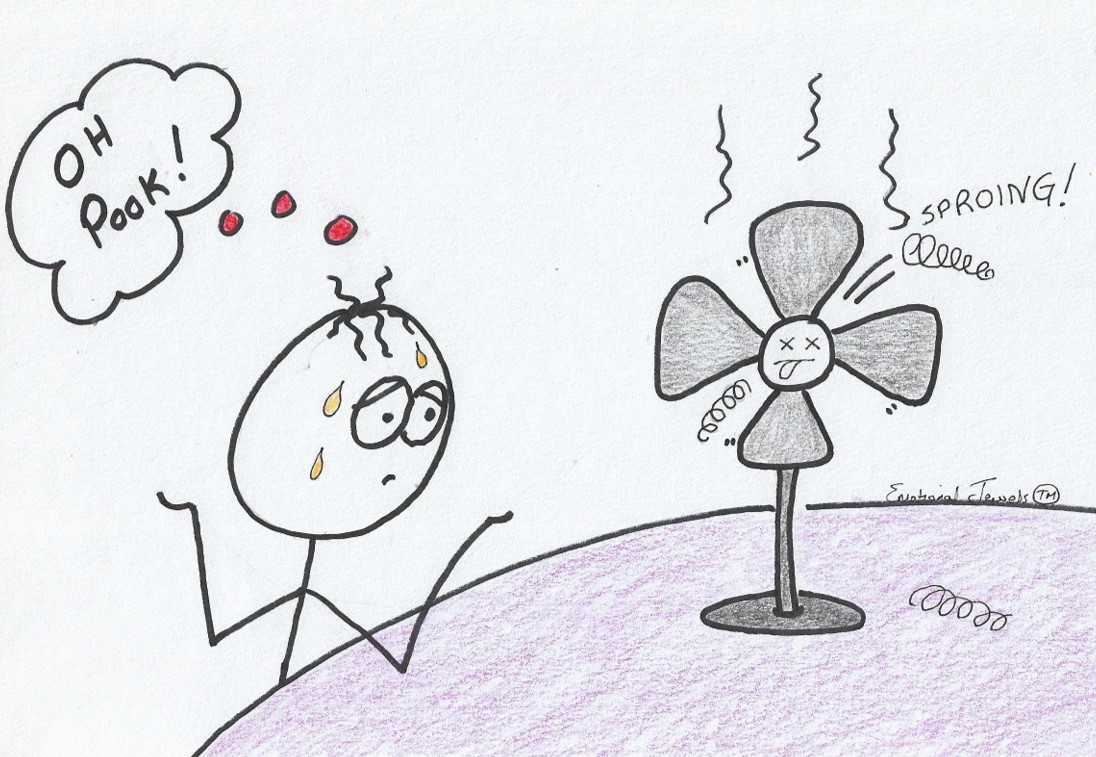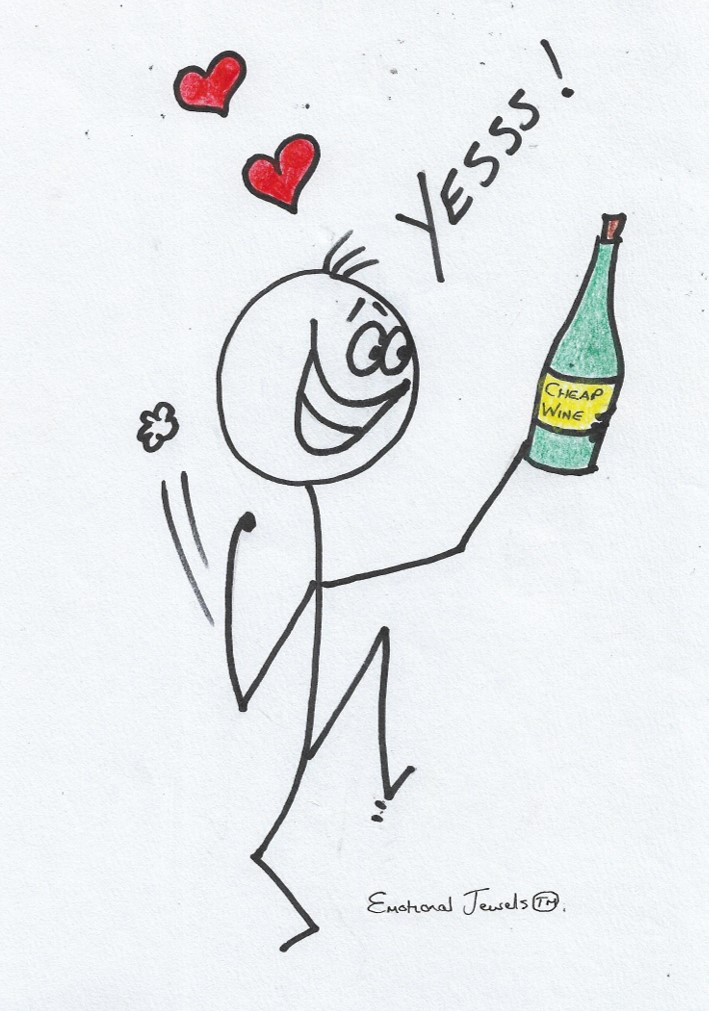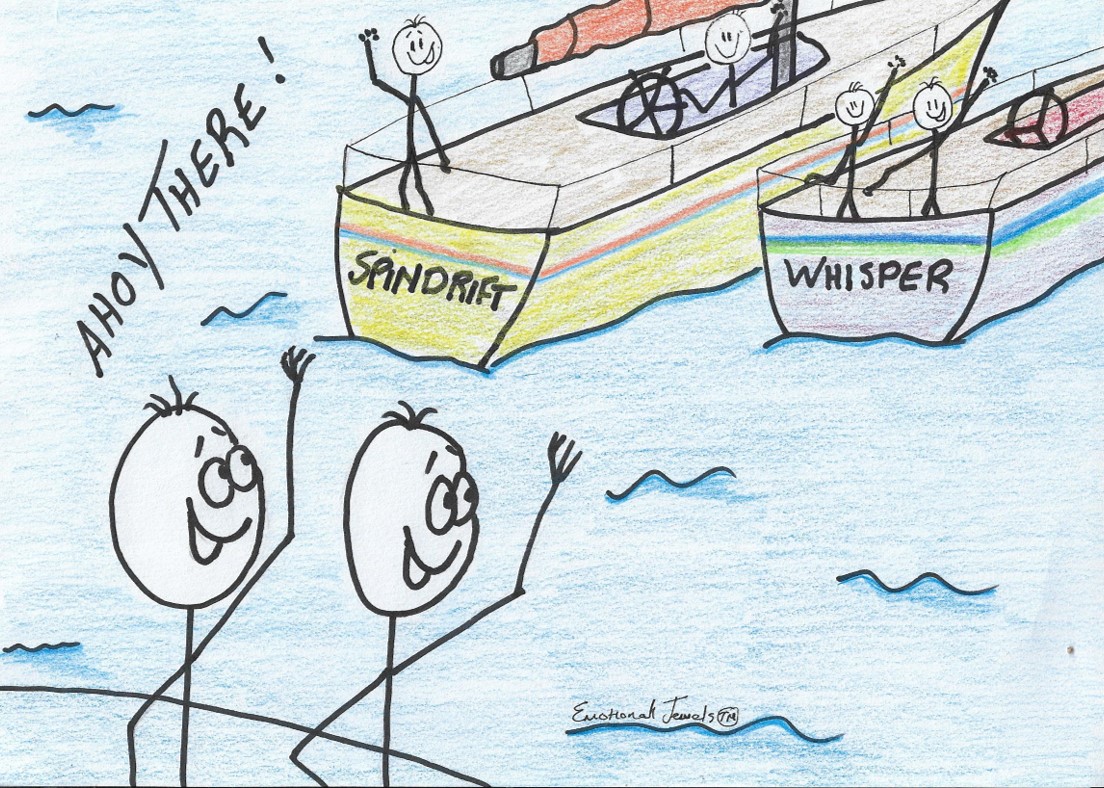Chapter 66: An entire day lost crossing the international date line, swimming with humpbacks, New Zealand bound armed with rum and duty free beer! Life is good.
August – September 2001: Kingdom of Tonga: Niuatoputapu, Tafahi to Vava’u

We armed ourselves with duty free beer and rum to see us through to New Zealand, visited the market for last minute fruit and veggies, and hit the train again, this time heading for Niuatoputapu, which belongs to the Kingdom of Tonga, arriving there after a bumpy ride and confused seas. En route we crossed the international dateline, and Sunday disappeared without a trace. We’d left Apia at 06h30 am on 25th August, sailed all day, all night and dropped anchor at 15h15 pm the next day, which should have been Sunday 26th August but was in fact Monday 27th!
Niuatoputapu is an island protected by an extensive reef. There’s no electricity on the island, and the 1200 or so people living in the three small villages are very poor. The houses are mostly palm fronded huts in bad condition. Head lice are common, and plenty of scratching goes on. The kids all called out “palangi, palangi” (foreigner) as we passed, and asked for lollies, soon losing interest in us when we didn’t produce any. We don’t believe in handouts as this soon turns people into beggars. We traded t-shirts, coffee and other odds and ends for paw-paws and bananas.
We negotiated a price for seven of us to go across in a local fishing boat to Tafahi, a small island that rises 1800 feet into the sky. En route, we came across several humpbacked whales which surfaced very close to us. They come to the waters around Tonga to calve, and as the King has banned all whaling, they are safe here.
Tafahi is inhabited by 30 families who produce kava on the slopes of the mountain. Some of the kids here had never seen a palangi before, and gaped at us in amazement.
We paid a young man to guide us up the mountain as there is no clear path. He was armed with a machete and apart from clearing away vines, he supplied us with fresh coconut juice when we started dragging our feet. The climb was steep and strenuous, but the reward was great. We finally gazed down on Niuatoputapu, 4 miles away, and could see the whales in the sea, the beaches and reefs clearly showed up, the blues in the sea turning from pale to turquoise, to almost black, depending on the depth. It was an aerial view that wouldn’t have been better from a chopper. As the island is only accessibly at high tide, we’d had to arrive there very early to get in safely, and had to wait for the next high tide to leave. It was pretty late when we arrived back at the yachts, and after a welcome bath in the sea, we eased our aching muscles with cold beer, dinner and bed.

We were truly privileged to be able to swim with the humpbacked whales one day when we dinghied out over the reef. We’d been hearing them communicating when we’d been snorkeling on the outer reef, and had seen them blowing, but always too far out to safely try to reach them. “Bow Bells” and ourelves went out in the dinghy with John and Janet from “Bagan”, as they have a 25hp motor (ours is a 3.3 and John’s is a 2.5hp). We all took our snorkeling equipment and managed to get very close to the whales. We crept along very slowly, approaching from the aft quarter, as we’d read that you should never approach from directly in front or behind. You’re also supposed to make sure they know you’re there, and let them come to you instead of going after them. Three of them gradually moved towards us, and when they got really close Andy went in and had a wonderful view of them. They dived just as they reached the dinghy, and resurfaced some distance away. Once again we crept up, and this time I went overboard with Andy and when I looked at them from under the water, couldn’t believe their size! We took it in turns to go overboard as someone always had to be in control of the dinghy. There were several groups of two or three whales. We stayed out there until the light started fading and we were cold. The experience still seems like a dream, and I wonder if we’ll ever be that lucky again.
Our trip from Niuatoputapu to Vava’u group in Tonga was rough. We were beating, with 25 – 30 knots all the way and plenty of water coming over the boat. The resulting soggy forepeak plus wet lockers in the aft cabin demanded attention once we’d anchored, and we spent the better part of a day sorting out the mess. I’d stowed our books in the cupboards and had to dry them out while Andy attempted to seal every possible problem area, as we couldn’t trace the exact spots where water had come in.
We’ve been in Vava’u for more than a week now, but I’ll save this area for the next newsletter, which I’ll do when we reach New Zealand.
“Tourists don’t know where they’ve been. Travelers don’t know where they’re going.” (I read this somewhere, but can’t remember who said it.)
Lots of love from Joan, Andy and “Silver Heels”
